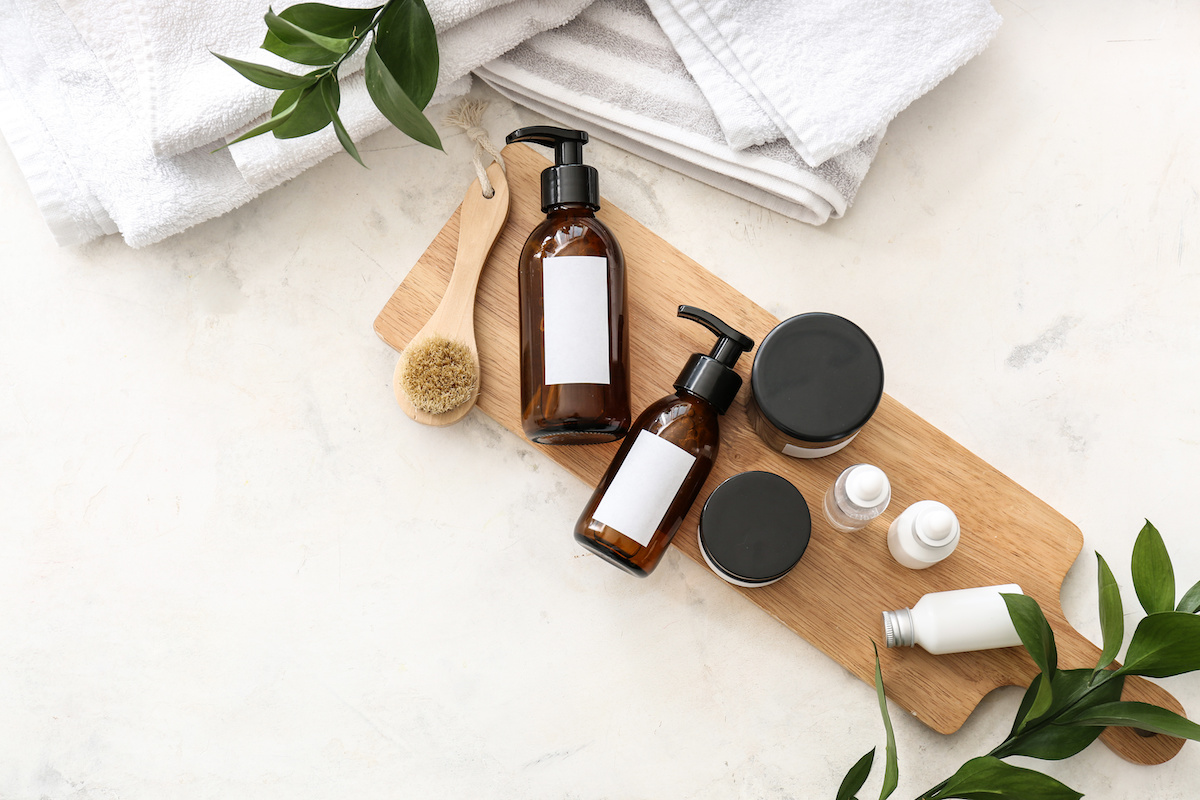Redness, a rash, and tiny bumps around the mouth are classic symptoms of perioral dermatitis, a common skin disorder. It’s irritating and might lower one’s confidence by having them worry about their appearance. However, perioral dermatitis may be controlled if you know what you’re doing. In this post, we’ll discuss the fundamental measures you may take to treat perioral dermatitis and get your self-esteem back to normal.
Understanding Lip and Mouth Itch
Infected skin typically appears on the chin, nose, and cheeks in cases of perioral dermatitis. Perioral dermatitis has several possible triggers, including but not limited to the following:
- Perioral dermatitis can be brought on by topical steroid creams on the face for an extended period.
- Caused by irritants, such goods include toothpaste, components, and even some cosmetics compounds.
- Hormonal Fluctuations Perioral dermatitis can be triggered or worsened by hormonal fluctuations, particularly in women.
How to Beat Perioral Dermatitis: The Basics
1. Seek Advice From A Dermatologist
A dermatologist should be seen for a definitive diagnosis of perioral dermatitis. A dermatologist may inspect your skin, assess your symptoms, and provide individualized treatment recommendations.
2. Stay away from agitators and stressors
Identifying and avoiding irritants or triggers that may exacerbate perioral dermatitis is essential for optimal illness management. Have in mind the following:
Cosmetics & Skincare: Use fragrance-free, mild skin care products for sensitive skin.
Regarding your appearance, lighten up on the cosmetics and steer clear of anything irritating.
3. Always use a mild skin care regimen.
Perioral dermatitis can be managed by sticking to a mild skincare routine. The following are recommended to incorporate into your everyday routine:
- Use a non-comedogenic, fragrance-free moisturizer to avoid clogging your pores while nourishing your skin.
4. Methods Applied Externally
Perioral dermatitis can be treated with topical medicines prescribed by your dermatologist. Such things might include:
- Antibiotic creams or gels applied to the skin can treat bacterial infections and decrease inflammation.
- Skin Cell Turnover, Unclogged Pores, and an Overall Better Texture Can Be Achieved With Topical Retinoids.
5. Drugs Taken By Mouth
Oral drugs may be required if the condition is severe or does not respond to topical therapy. Such things might include:
- Your dermatologist may recommend oral antibiotics to treat the underlying illness and decrease inflammation.
- Medication for inflammation: oral corticosteroids or immunosuppressants may be recommended for patients with severe or chronic perioral dermatitis.
6. Adjustments to one’s way of life and diet.
Making adjustments to one’s diet and way of life can help hasten the healing process and cut down on the amount of flare-ups that one experiences. Have in mind the following:
- Managing Tension: Because stress can cause or worsen perioral dermatitis, it’s important to reduce your stress levels, such as through meditation, yoga, or the pursuit of a hobby.
Discover the causes and treatment for Perioral Dermatitis at The Skin Care Clinic.
Conclusion
This article’s crucial techniques can help you properly manage and conquer perioral dermatitis, a tough skin disease. Remember that a proper diagnosis and tailored treatment plan can only be attained through a visit to a dermatologist. You may restore your skin’s health and self-esteem by avoiding known irritants, adopting a mild skin care program, and making other required changes to your daily routine.



